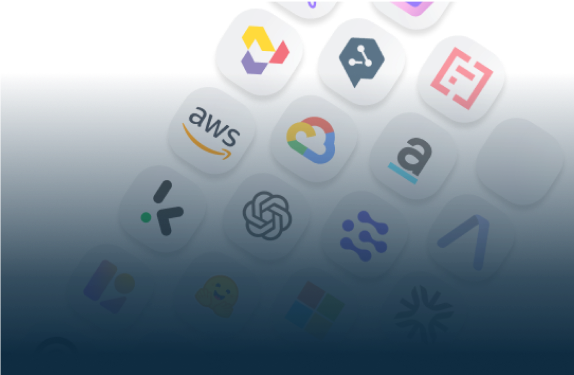
Start Your AI Journey Today
- Access 100+ AI APIs in a single platform.
- Compare and deploy AI models effortlessly.
- Pay-as-you-go with no upfront fees.
For most SaaS founders, integrating AI isn’t the hardest part anymore, pricing it is. Unlike traditional software features, every AI interaction has a real marginal cost tied to the model APIs you call. Every time a user clicks “generate,” it costs you money. So how should SaaS companies monetize their new AI capabilities? Here are the three main models we’ve seen succeed.

Traditional SaaS features are almost free to scale once built. But AI features introduce variable costs with every request - especially when using LLMs, vision APIs, or speech models.
That changes everything. You can’t just “bundle” AI into existing plans without thinking about usage, ROI, and customer perception. The pricing model you choose directly impacts your gross margins, adoption rate, and long-term retention.
Approach: Add AI features into your current pricing tiers with no extra fee.
Pros:
Cons:
Best for : SaaS tools where AI is a small enhancement (e.g., smart suggestions, automated summaries) rather than the core product.
Approach: Charge per request, per token, or per document processed - similar to how the underlying AI APIs charge you.
Pros:
Cons:
Best for : SaaS companies serving enterprise or developer audiences comfortable with usage-based billing, such as analytics, automation, or data platforms.
Approach: Sell AI capabilities as a separate paid module or add-on (e.g., “Pro + AI” plan or “AI Power Pack”).
Pros:
Cons:
Best for : Products where AI is transformative but not essential to every user - for example, CRM tools, design apps, or productivity suites where AI brings major time savings to power users.
Many SaaS teams now experiment with hybrid models, such as:
The key is transparency and fairness: users should feel in control of their AI spend while you maintain healthy margins.
Eden AI helps SaaS teams go beyond integration, it makes AI monetization manageable and predictable.
By aggregating multiple model providers behind one unified API, Eden AI gives you:
This unified layer helps SaaS companies confidently experiment with different pricing models - whether usage-based, bundled, or modular - while maintaining control over both cost and profitability.
Pricing AI features is one of the biggest challenges facing SaaS teams today. Every click, prompt, and generation has a cost, and the right strategy must balance value, adoption, and margins.
By combining a clear pricing model with tools that centralize AI usage and billing, SaaS companies can make smarter, data-driven pricing decisions.
Eden AI provides the foundation for that, helping you not only build with AI but also monetize it sustainably.


You can start building right away. If you have any questions, feel free to chat with us!
Get startedContact sales
